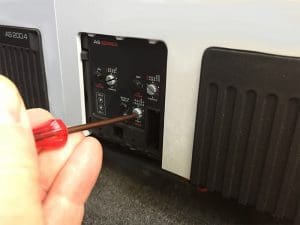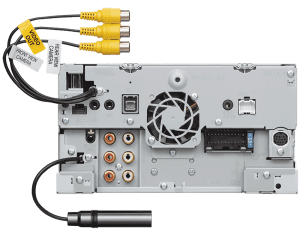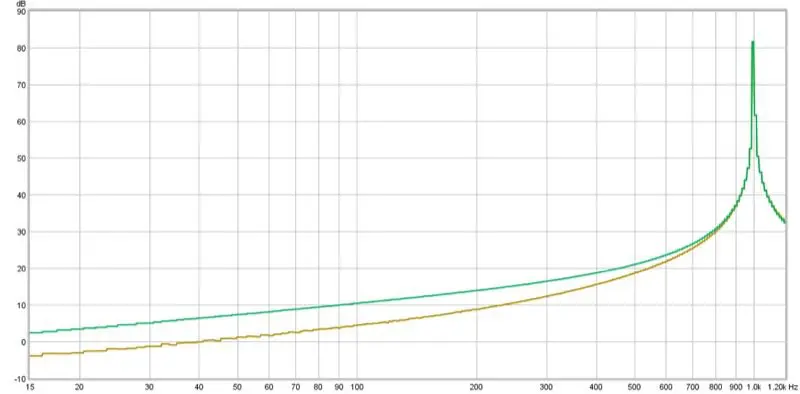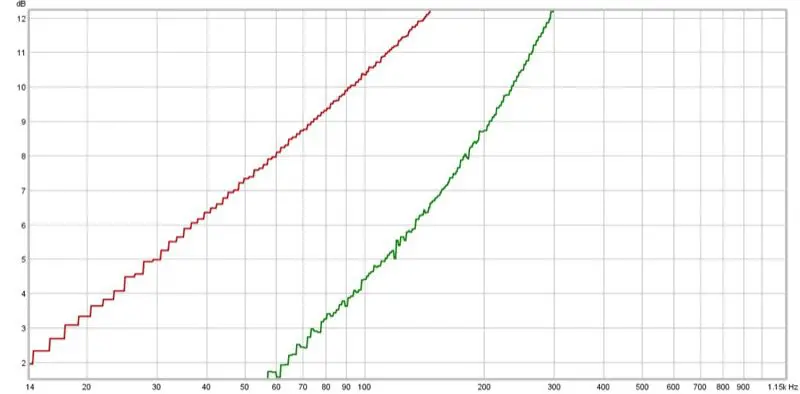 For almost as long as there have been car audio enthusiasts, they have been adding amplifiers to their vehicles to increase the power available to drive their speakers. More power means we can turn the volume up higher without distortion. When it came to connecting amplifiers to speakers, the first power boosters connected to the speaker wires of the radio. Now, modern head units offer dedicated RCA preamp outputs to make things easier.
For almost as long as there have been car audio enthusiasts, they have been adding amplifiers to their vehicles to increase the power available to drive their speakers. More power means we can turn the volume up higher without distortion. When it came to connecting amplifiers to speakers, the first power boosters connected to the speaker wires of the radio. Now, modern head units offer dedicated RCA preamp outputs to make things easier.
Manufacturers specify how much voltage their source units can produce on these preamp outputs. Most radios offer at least 2 volts of signal, but some offer 4 volt, 5 volt or even 8 volts. Does this preamp voltage matter? Does more voltage make your system louder? Read on to find out.
Signal Chain
 When we install an aftermarket radio in your dash and connect it to the amplifier, we have to make at least one adjustment to ensure everything will work properly. We refer to this step as “setting the gains.” This procedure involves matching the output voltage limit of the source unit with power production capabilities of the amplifier to ensure that both achieve maximum output when the volume is cranked all the way up.
When we install an aftermarket radio in your dash and connect it to the amplifier, we have to make at least one adjustment to ensure everything will work properly. We refer to this step as “setting the gains.” This procedure involves matching the output voltage limit of the source unit with power production capabilities of the amplifier to ensure that both achieve maximum output when the volume is cranked all the way up.
Adjusting an amplifier’s sensitivity is, in theory, a simple process. That said, there are many things to take into consideration. How loud is the source material recorded? Does the head unit distort at full volume? Has anyone adjusted the radio’s tone controls or equalizer? Does the amplifier have any tone controls? If any one of these criteria are overlooked, the sensitivity adjustment may not be accurate.
What is the drawback to an improperly configured sensitivity control? If it is set too low, then you cannot get all the power available from the amplifier to your speakers. If the sensitivity control is set too high, then you can easily distort the output of the amplifier. A second side effect of adjusting the sensitivity control too high is that you increase the noise produced by the amplifier. Nobody wants to hear a hiss in the background of their music, so setting things properly is critical.
What Does High Preamp Voltage Do?
 Some intensive research among several of us “old” car audio enthusiasts revealed that there were even a few twin-shaft cassette receivers with high-voltage preamp outputs. Some sales and marketing folks decided that more voltage meant more volume. In the early ’90s, several head unit manufacturers started marketing their radios as having voltage preamp outputs. If nothing else changed, sure – in theory, more voltage means more output. That said, if you swap from a 2 V source unit to a 4 V, and then readjust the sensitivity control on your amplifier down to compensate for the extra voltage, the maximum output level should stay the same.
Some intensive research among several of us “old” car audio enthusiasts revealed that there were even a few twin-shaft cassette receivers with high-voltage preamp outputs. Some sales and marketing folks decided that more voltage meant more volume. In the early ’90s, several head unit manufacturers started marketing their radios as having voltage preamp outputs. If nothing else changed, sure – in theory, more voltage means more output. That said, if you swap from a 2 V source unit to a 4 V, and then readjust the sensitivity control on your amplifier down to compensate for the extra voltage, the maximum output level should stay the same.
If more voltage does not make your system louder, what is the benefit of this extra voltage? The answer is a reduction in gain of the amplifier and, thus, a reduction in potential noise. If your amplifier is set up to produce full power with a 2 volt signal and has a subsequent signal to noise ratio of 85 dB, then it is not unreasonable to expect that the noise would reduce by about 3 dB when we turn the sensitivity down by the same amount.
To the Test
We set up a premium consumer-grade amplifier on the lab test bench. It had an S/N Ratio specification of 89 dB when producing 1 watt of output and connected to a 4 ohm load. This is a pretty good rating these days. We set the amp up to produce 1 volt of output with a 1 kHz sine wave at a reference level for our function generator at -30 dB relative to full signal. We then took a long frequency response measurement.
The next step was to reduce the output signal of the function generator by an arbitrary amount – we chose 6 dB. We readjusted the sensitivity control of the amplifier so the output level was once again 1 volt and took another long frequency response measurement.
The results of the two measurements are shown in Figure 1.

In Figure 1, you can see the large spike in frequency at 1 kHz on the right side of the screen. We zoomed in to fill the screen with as much information as possible below this frequency. The gold line shows the background noise produced by the amplifier with the sensitivity control at the lower of the two settings. The green line shows the background noise when we increased the sensitivity of the amplifier by 6 dB.
Figure 2 shows the difference in noise level at 100 Hz. Not surprisingly, the difference in noise is just under 6 dB.

Conclusion
When it’s time to go shopping for a new source unit, among the dozens of cool connectivity features, options for display technologies and different brand names, paying attention to specifications is still important. If you are planning to add an amplifier to your mobile electronics system, make sure your source unit can produce at 4 volts of output on the preamps. This extra voltage will allow your installer to reduce both the sensitivity controls on your amplifier and the background noise level of the system.
Visit your local mobile electronics specialist retailer today for more information on which source units have high-voltage preamp outputs.
This article is written and produced by the team at www.BestCarAudio.com. Reproduction or use of any kind is prohibited without the express written permission of 1sixty8 media.








